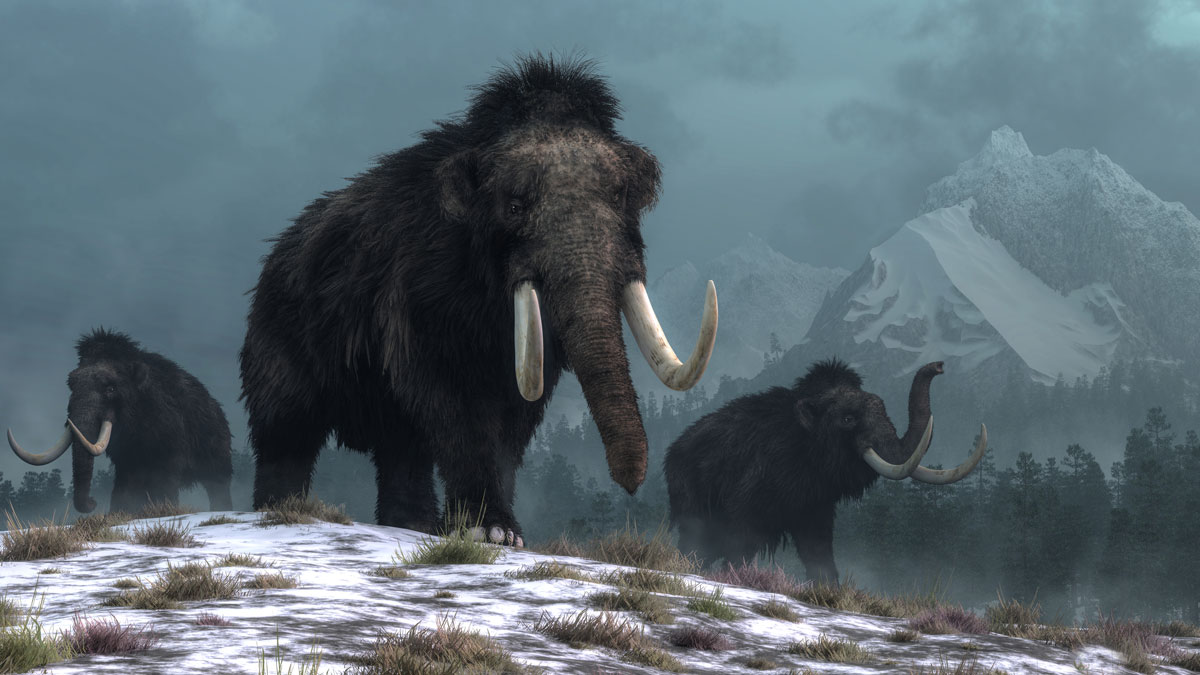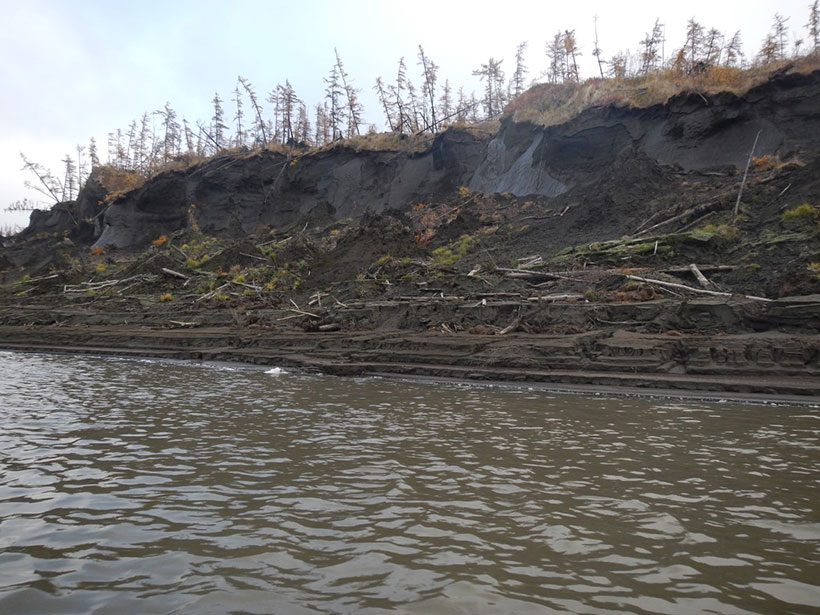Arctic warming may release less carbon dioxide from high latitude lakes but increase their climate impact by releasing more methane.
Arctic
Projection: $110 Billion in Repairs for Russian Pipelines on Permafrost
Permafrost thaw is a major threat to pipelines in the Russian Arctic, particularly those carrying natural gas.
Arctic Unicorns and the Secret Sounds of a Glacial Fjord
The successful deployment of a seafloor seismometer near the calving front of a Greenland glacier has opened a new avenue to study hidden glacial processes and the behavior of fjord-dwelling wildlife.
Capturing How Fast the Arctic Ocean Is Gaining Fresh Water
A new analysis suggests that models do not accurately capture how fresh Arctic surface waters mix with deeper waters, contributing to underestimation of Arctic surface freshening.
Mammoths Lost Their Steppe Habitat to Climate Change
Ancient plant and animal DNA buried in Arctic sediments preserve a 50,000-year history of Arctic ecosystems, suggesting that climate change contributed to mammoth extinction.
The Benefits of Better Ocean Weather Forecasting
Improvements in our ability to forecast oceanic conditions weeks to months in advance will help communities, industries, and other groups prepare amid a changing climate.
Could AI Be Useful for Arctic Communities Facing Sea Ice Loss?
The forecasting tool IceNet promises to be a useful tool for evaluating sea ice loss in the Arctic. But ethical and logistic considerations have to be taken before scientific and Indigenous communities start working together.
Melting Arctic Sea Ice Strengthens Tides
If climate change throws off the seasonal freeze-thaw cycle of Arctic sea ice, it could trigger a reinforcing cycle of sea ice melt in parts of the Canadian Arctic.
西伯利亚科雷马河的多年冻土碳元素含量极小
新的研究发现,北极河流目前运输的多年冻土来源的溶解有机碳有限,这对理解该地区变化的碳循环及其加速气候变化的潜力具有启示意义。
New Insights into Polar Stratospheric Clouds
New satellite observations of polar stratospheric clouds have advanced our understanding of how, when, and where they form, their composition, and their role in ozone depletion.










